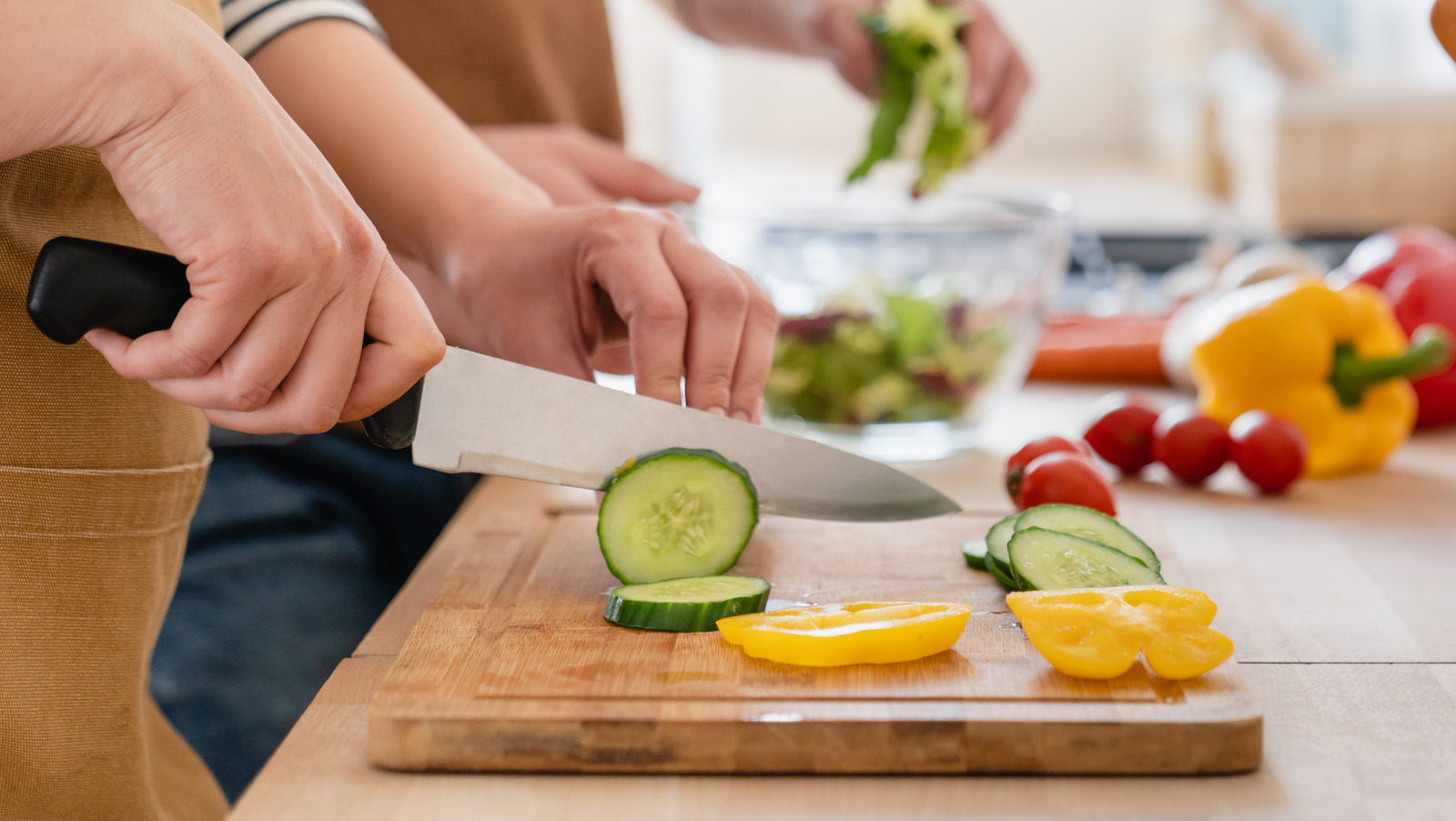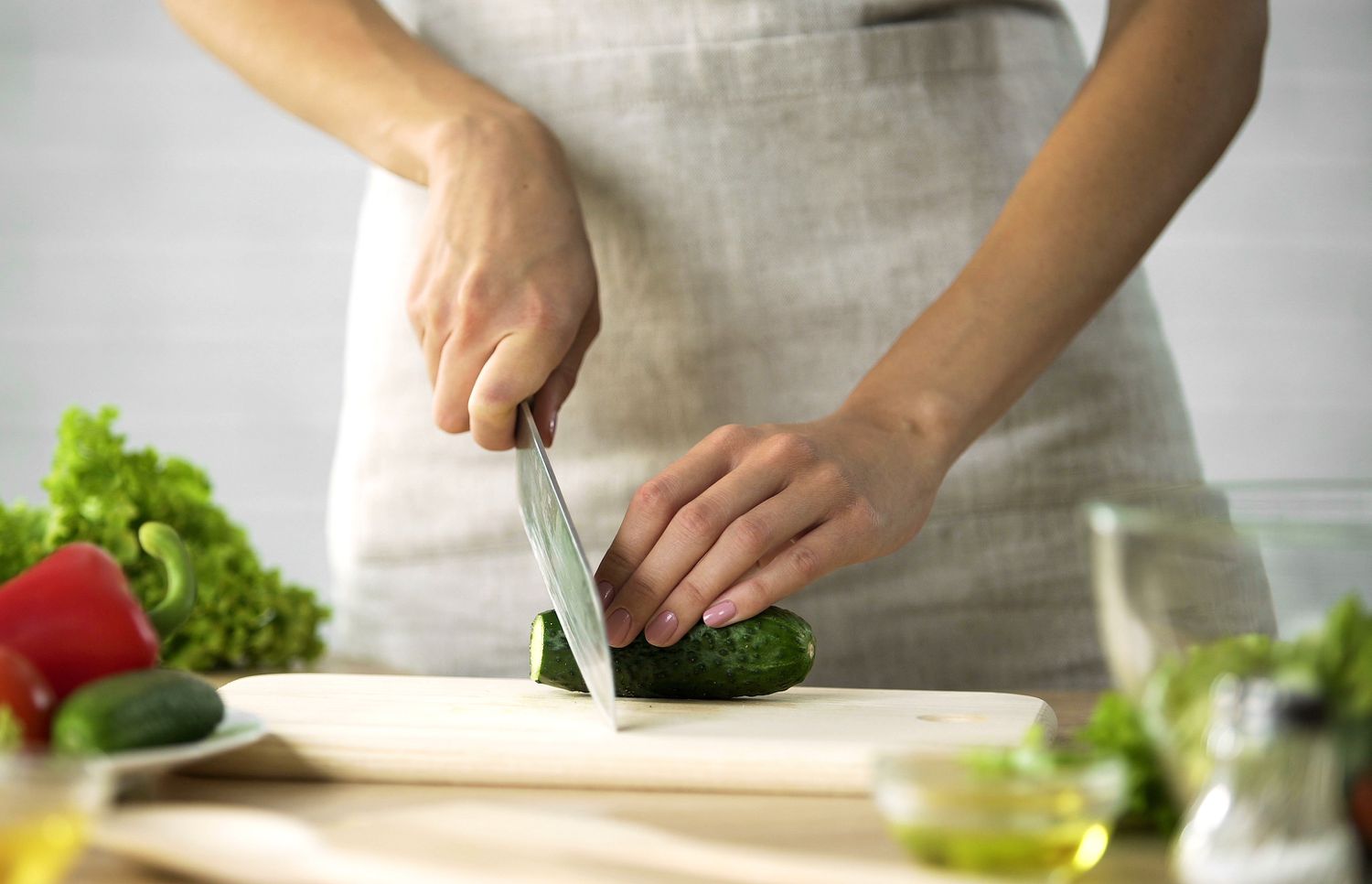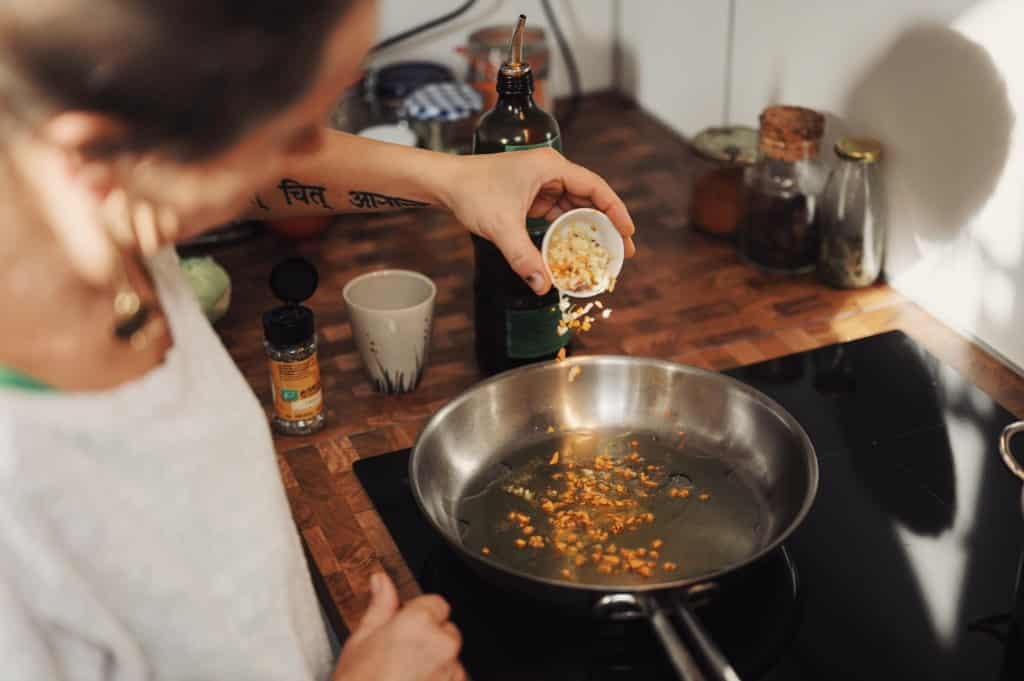For kitchen professionals, nothing is more frustrating than discovering that your trusted wooden cutting board has warped. A warped board not only wobbles on your countertop but also compromises precision during food preparation. The most important question is: how to straighten a warped cutting board? Fear not! In this article, well guide you through actionable steps to revive your cutting board and prevent future warping issues. From soaking techniques to proper storage, prepare to equip yourself with practical tips to rescue your most valuable kitchen tool.
Your cutting boards condition doesnt just affect usabilityit can also impact hygiene. Warped boards tend to collect more moisture and bacteria in uneven grooves, posing health risks. This makes it all the more critical to address the issue swiftly and smartly. Lets dive into the methods and insights tailored for professional chefs, as well as anyone who values their culinary workspace.

What Causes Cutting Boards to Warp?
Before diving into the solutions, its important to understand what causes cutting boards to warp in the first place. Most commonly, warping occurs due to three main reasons:
- Excessive Moisture: Leaving a cutting board soaking in water for too long can cause uneven swelling, eventually leading to warping.
- Improper Drying: Drying cutting boards upright without adequate airflow can result in uneven shrinking, a common cause of distortion.
- Extreme Temperatures: Exposure to high heat, such as leaving the board next to a stove or under direct sunlight, is another primary culprit.
Key Takeaways for Kitchen Professionals:
- Moisture management is vital in preserving your cutting board.
- Avoid exposing boards to sudden temperature changes, including dishwashers or hot water.
- Proper storage can go a long way in maintaining the boards flat surface.
Step-by-Step Guide to Straighten a Warped Cutting Board
1. The Damp Towel Technique
If youre wondering how to straighten a warped cutting board effectively without damaging it, the damp towel method is a safe starting point. Follow these steps:
- Soak a clean kitchen towel in hot water and wring it out thoroughly.
- Place the damp towel flat on your countertop.
- Position the warped cutting board on top, with the concave side facing down against the towel.
- Apply consistent pressure by stacking a heavy object (like heavy books or pots) on top of the board.
- Leave it for several hours or overnight.
This method works by reintroducing controlled moisture to the wooden fibers and reshaping them with pressure.
2. The Steam and Clamp Method
If the warp is too stubborn to fix with the damp towel trick, a more aggressive approach is the steam and clamp method:
- Use a steam iron with a moderate heat setting to lightly steam the concave side.
- Immediately after steaming, clamp the board to a flat surface or sandwich it between two thick pieces of wood with clamps.
- Allow the board to cool and remain in the clamps for at least 24 hours.
This process leverages heat and pressure to realign the wooden fibers to their original form.
3. Sunlight and Weight Technique
This natural method is ideal for smaller warps:
- Dampen the concave side of the board slightly to make it more pliable.
- Place the board outdoors, concave side down, in direct sunlight for a few hours.
- Set heavy weights or objects on top to flatten the board while exposing it to gentle, even sunlight.
Be cautious not to over-expose the board to prevent cracking or discoloration.
Proactive Measures: Preventing a Warped Cutting Board
Now that weve discussed how to straighten a warped cutting board, its equally important to prevent future issues. Prevention is your best ally in maintaining your tools longevity:
- Always dry your board flat and ensure theres proper airflow around it.
- Avoid soaking your board in water for long periods. Instead, quickly rinse and wipe it clean after each use.
- Oil your wooden board regularly with food-safe mineral oil to keep the wood hydrated and less prone to absorbing excess water.
- Store boards in a cool, dry place, away from heat sources like stoves or dishwashers.
For more tips specifically geared toward wooden boards, check out this helpful guide on preventing wooden boards from splitting.
Choosing the Right Cutting Board for Professional Kitchens
If warping has led you to consider upgrading your cutting board, remember that material quality plays a significant role in durability. Wooden boards are a chefs favorite for their knife-friendly surfaces and aesthetic appeal, but rubber and composite boards are less prone to warping and cracking. Explore what chefs prefer here.
Additionally, maintaining your board long-term requires knowledge of proper care techniques. Have questions about soaking times for mineral oil? Read this soaking guide.

FAQs
How do I know if my cutting board can be saved?
Most wooden cutting boards can be salvaged unless they have deep cracks or splits. If the wood is still in good condition, try the techniques shared above for straightening.
Can I use the microwave or oven to fix my warped cutting board?
Using a microwave or oven may expose the board to uneven heat, worsening the warp. Its best to follow traditional methods like steaming or applying pressure.
How often should I oil my cutting board to prevent warp?
For kitchen professionals who use their boards daily, oiling once a month with food-safe mineral oil is recommended for optimal maintenance.
If youre passionate about food safety, consider reviewing the guidelines provided by this resource.
By following these guidelines and solutions, you can restore your warped cutting board and ensure its longevity. With some care and attention, your cutting board will continue to serve as an essential tool in your culinary journey.
This article contains affiliate links. We may earn a commission at no extra cost to you.






Leave a comment
This site is protected by hCaptcha and the hCaptcha Privacy Policy and Terms of Service apply.